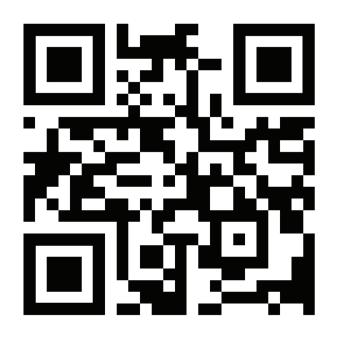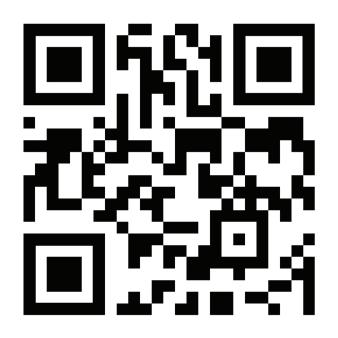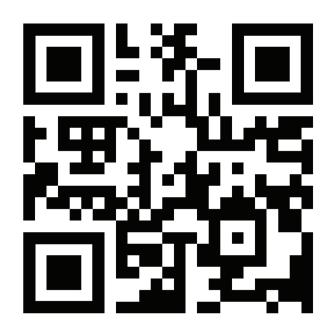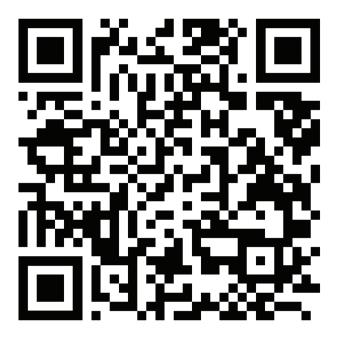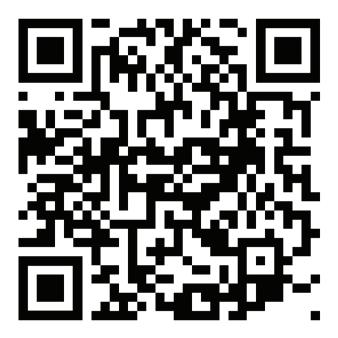Bias and Discrimination Harm Response Options
Some examples of discrimination: Discrimination
Discrimination means disparate treatment or disparate impact— adverse actions against someone based on their membership in a protected category.
Harassment
Harassment is a form of discrimination defned as actions creating a hostile working or education environment. “Hostile” is described as severe, persistent, or objectively ofensive.
For full policy defnitions of discrimination and harassment, please see Policy 1201 in University Policies.
• A student’s explicit or implicit exclusion from an educational activity based on a protected category
• A faculty’s noncompliance with a student’s reasonable accommodation
• A supervisor’s noncompliance with a staf member’s reasonable accommodation
• A student being subject to biased or unfair treatment due to their ethnicity or citizenship status
Not all harm rises to the level of a discrimination policy violation. Acts of discrimination are usually superseded by acts of interpersonal violence such as bias incidents.
Bias Incidents
A bias incident is an act committed against any person or group motivated by bias or prejudice. These acts, intentional or unintentional, are usually associated with negative feelings and beliefs concerning others’ identities. These acts are typically more frequently experienced than unlawful acts of discrimination.
Some examples of bias incidents:
• Microaggressions such as “that’s gay” or “they speak good English”
• Ofensive social media posts
• Derogatory language (slang) based on stereotypes
• Giving someone a nickname because you feel their name is hard to pronounce


